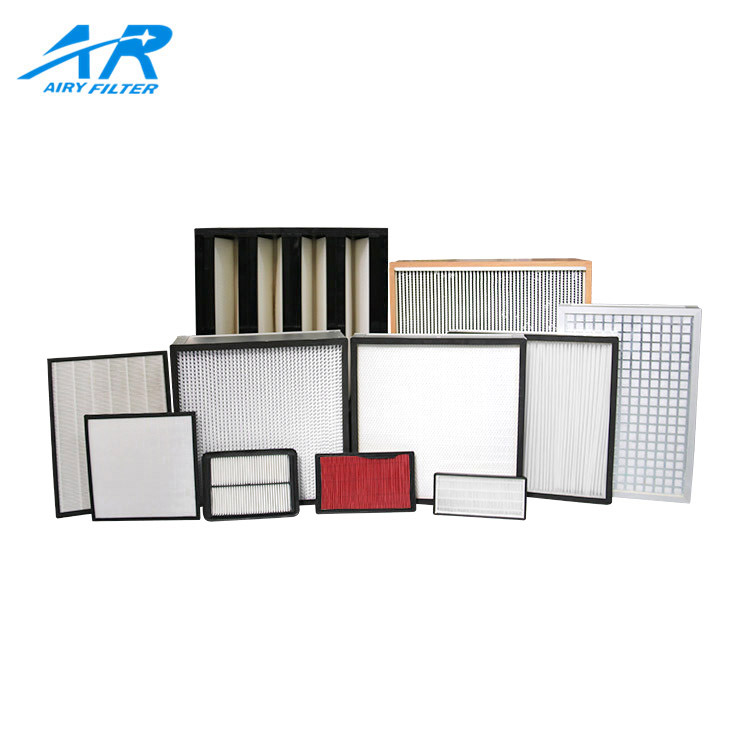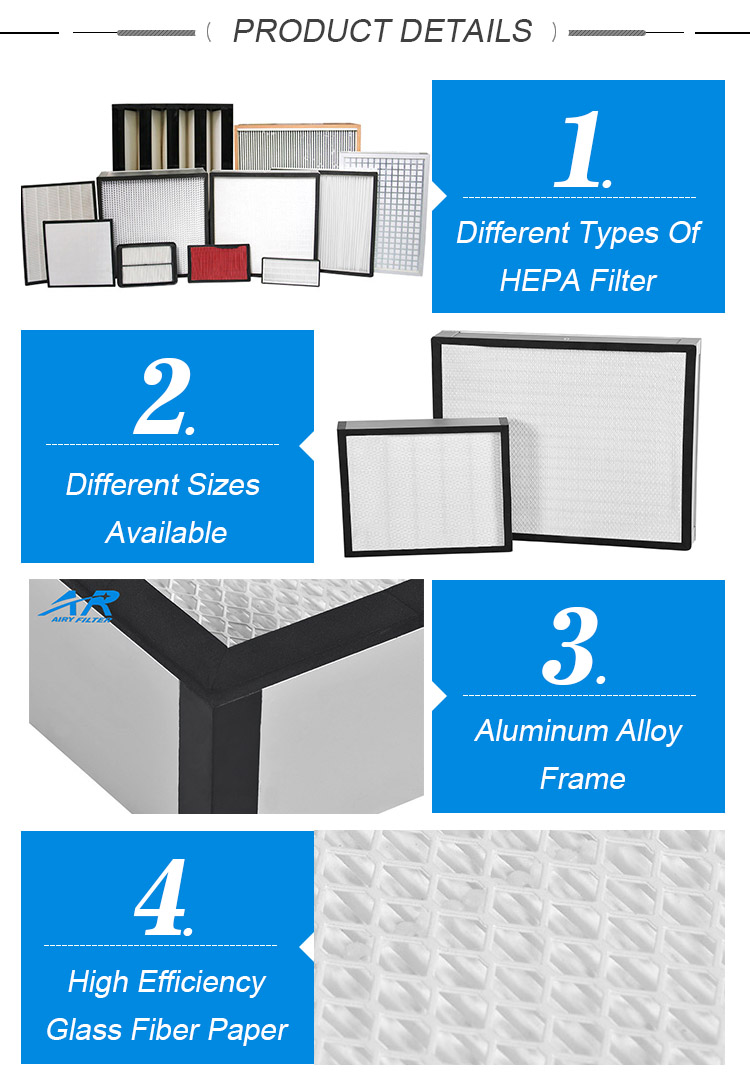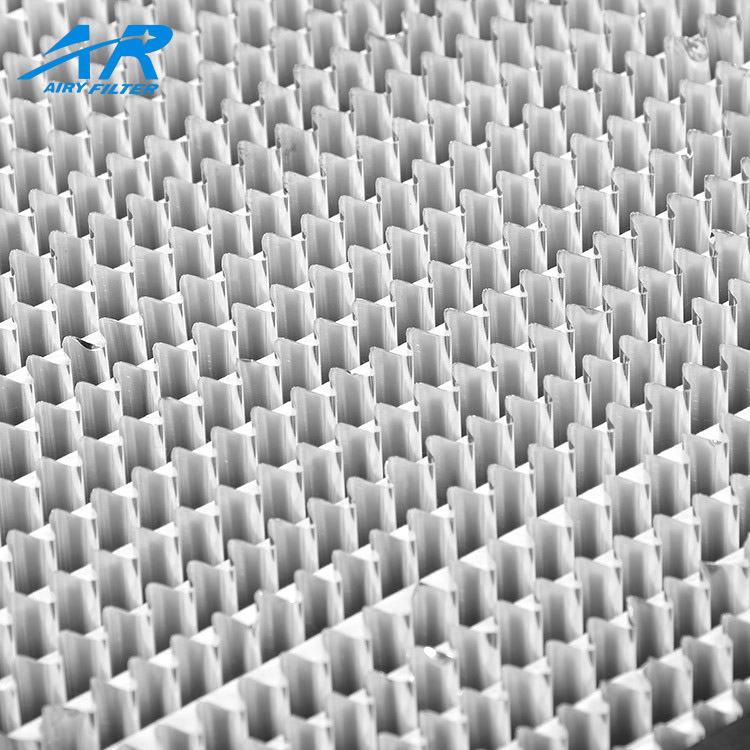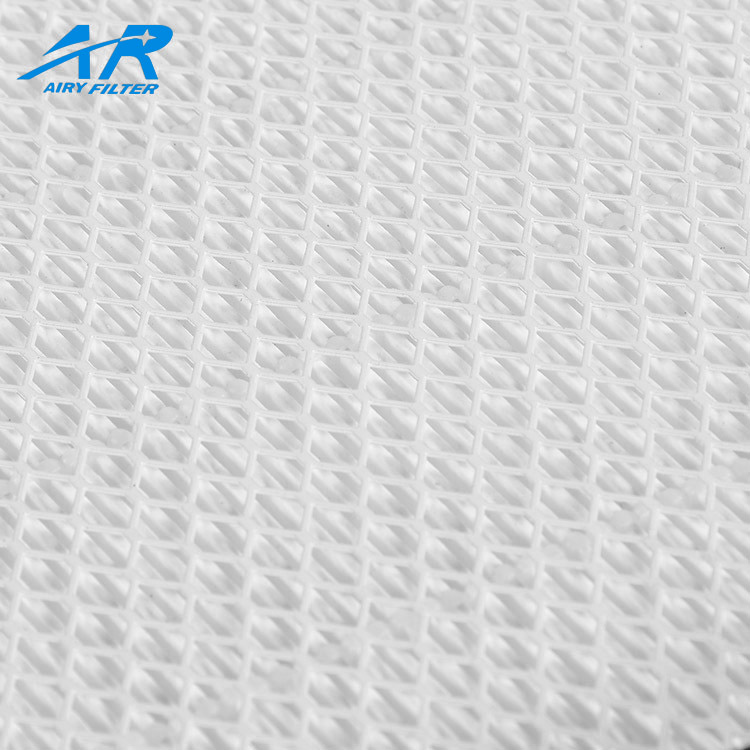The Chinese economy has entered a new normal and GDP growth has slowed down. However, the road freight industry is developing and heating up. The new normal, Internet+, change, and reversal have emerged with many new terms. However, the constant is development and it is people-oriented. The logistics itself represents the direction of China's economic transformation in the future.   
HEPA is High Efficiency Particulate Air, so a HEPA filter is a High Efficiency Particulate Air Filter, also known as high-efficiency particulate absorbing filter and high-efficiency particulate arrestance filter,is an efficiency standard of air filter.
Filters meeting the HEPA standard must satisfy certain levels of efficiency. Common standards require that a HEPA air filter must remove-from the air that passes through-at least 99.95% (ISO, European Standard) or 99.97% (ASME, U.S. DOE) of particles whose diameter is equal to 0.3 μm, with the filtration efficiency increasing for particle diameters both less than and greater than 0.3 μm.[8] HEPA filters capture pollen, dirt, dust, moisture, bacteria (0.2-2.0 μm), virus (0.02-0.3 μm), and submicron liquid aerosol (0.02-0.5 μm).[11] Some microorganisms, for example, Aspergillus niger, Penicillium citrinum, Staphylococcus epidermidis, and Bacillus subtilis are captured by HEPA filters with photocatalytic oxidation (PCO). HEPA is also able to capture some viruses and bacteria which are ≤0.3 μm. HEPA is also able to capture floor dust which contains Bacteroidia, Clostridia, and Bacilli. HEPA was commercialized in the 1950s, and the original term became a registered trademark and later a generic trademark for highly efficient filters. HEPA filters are used in applications that require contamination control, such as the manufacturing of hard disk drives, medical devices, semiconductors, nuclear, food and pharmaceutical products, as well as in hospitals, homes, and vehicles.
HEPA Filter is divided intoDeep-pleated HEPA filter and Mini-pleated HEPA filter.
Deep-pleated HEPA filter
Specialty:
* Collecting 0.3 Micron or below particles and used as the terminal filtration.
* Deep-Pleated HEPA filter is processed by super fine fiberglass media or PP media separated by sized paper or aluminum foil with new polyurethane gasket, there is MDF, galvanized steel, stainless steel, aluminum frame available.
* Each HEPA Filter is individually tested via PSL particle, Using MPPS (DOP Test) laser particle counting device to measure overall efficiency of the filter.
* It is featured with high efficiency, low resistance, high dust holding, long working life, easy installation.
* Temperature resistance: 80℃, relative humidity is 80%.
Application:
It is widely used as terminal filter in top grade purifying equipments of Electronics Factory, semiconductor, precision, mechanism, pharmaceutical factory, hospital, food sanitation etc.
Mini-pleated HEPA filter
Specialty:
* Mini-pleated HEPA filter can collect 0.3 Micron or below particles and used as the terminal filtration.
* It is processed by super fine fiberglass media separated by hot-melt adhesive with double polyurethane gasket. Inside sponge can avoid any leakage. Injection molding mesh can protect the inside media very good.
* The pleated type can form a ventilation channel, increase filtration area and airflow, decrease the resistance.
* It is featured with high efficiency and dust holding, low resistance, uniform airflow, easy installation.
* It is individually tested via PSL particle, Using MPPS (DOP Test) laser particle counting device to measure overall efficiency of the filter.
* Temperature resistance: 80℃, relative humidity is 80%.
Application:
Mini-pleated HEPA filter is widely used as terminal filter in top grade purifying equipments of Electronics Factory, semiconductor, precision mechanism, pharmaceutical factory, hospital, food sanitation etc.
Hepa Filter,Coarse Pockets Filters,Pleat Hepa Filter,Paint Arrestor Filter,H14 HEPA Filter Guangzhou Airy Filter Media Co.,ltd , https://www.gzairy.com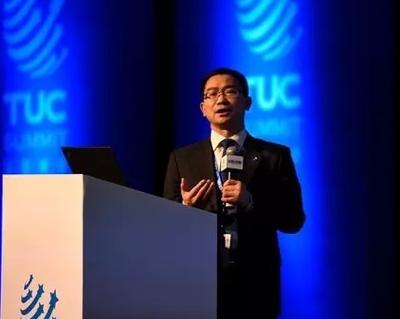
The freight industry has undergone many changes in the transformation of the freight industry. Organizations have embarked on intensification and diversification. Efficiency has continued to increase, and new business models have emerged.... With the application of new technologies, the development of the Internet is helping the freight industry. Change.
Of course, vehicles have a great influence on the operation of the freight industry, including the improvement of profitability. We have seen an increasing demand for vehicle transportation efficiency in the industry, including the travel rate of vehicles; the standardization of vehicle use is getting higher and higher. Many vehicles in the past were developed for overload, but the market environment in China is constantly regulating. , Vehicles under regulatory regulations are increasingly strict in terms of vehicle appearance, dimensions, etc., and emission regulations and standards have reached the national standard. And the vehicle itself is also pursuing standardization, high efficiency, safety, environmental protection, and so on.
Over the past few years, we have found that fuel consumption accounts for more than 40% of vehicle costs during the vehicle life cycle, driver’s wages and management costs account for approximately 20%, and the cost of vehicle depreciation and maintenance operations is not high, but if we have Improvements will improve the benefits and revenues of transportation and reduce operating costs.
With the rapid development of the market, how can auto manufacturers help freight companies maximize their profits?
Improve according to changes in customer needs
In fact, not only the freight industry is changing, Dongfeng Commercial Vehicles are also in transition. We are no longer just a truck manufacturer, but a valuable provider of freight vehicle solutions. From understanding customer needs to product proposal, from order production to vehicle delivery, from operations to maintenance and even driver training, we have built a complete vehicle solution. Of course, these processes and management plans are not static, but they are based on changes in customer needs.
1, vehicle performance optimization
What is the customer's demand? It is lower fuel consumption, larger volume and higher time efficiency. Take the example of a 9-meter car. In terms of volume, we have increased the volume of the vehicle from 55 cubic meters to 59 cubic meters last year. We have increased this year to 65 cubic meters. In terms of fuel consumption, the fuel consumption of the past 100 km was 23 litres and it has now dropped to 20 liters.
There was a customer who wanted us to provide a 9-foot-5 car, but after understanding the real needs of customers, we felt that what customers wanted was not a 9-foot-5 car, but a vehicle that could provide fast transportation and efficient transportation. Therefore, when the customer's traffic is sufficient, we offer the customer another option: replace the 9-foot-5 truck with a 4-meter tractor. We improved the 4m2 tractor to increase the average speed of the past 80km to 100km and reduce the fuel consumption per 100km from 30 liters to 26 litres. Therefore, the single-handed transport efficiency is higher.
2, on-board intelligent management
In addition to improving the product, how to make the vehicle operation more efficient, how to better manage the driver? How to combine trucks with the Internet? We designed the Dongfeng Compass platform and also cooperated with many parties to provide solutions for customers.
Through the technical support of the vehicle intelligent management platform, we can work with customers to train drivers and guide them to improve some bad driving habits so that fuel consumption can be reduced by 17%.
3, vehicle operation and maintenance
In addition, we hope that Dongfeng will not only be a supplier of products, but also a provider of vehicle operation and maintenance. We have set up a variety of service plans, customers can go to the service shop to do routine maintenance during the normal warranty period, we can also choose the half-package agreement or all-inclusive agreement we provide.
Why do customers need such a service plan?
First, the intensification of large-scale teams is getting higher and higher. This requires customers to continuously improve the vehicle maintenance capabilities. In the past, when the company was small, its own maintenance department would be able to solve these problems. However, with the rapid expansion of the scale, can the maintenance and repair capabilities be supported and there is insufficient maintenance of talented people? This is a problem.
Second, truck product technology continues to improve. This year, the National IV standard is implemented nationwide. All products have two major technical changes: First, the electric fuel system is used. All drivers of the original engine can adjust themselves and must now be controlled electronically. The second is to increase the post-processing system.
In these areas, we can provide more professional services and support. Of course, through intensive service customers can also reduce parts and bring the lowest operating costs. At the same time, we can also provide financial services to our customers.
Bringing value to customers
We have been thinking about how to use Volvo's experience to help Chinese customers. Here I introduce Volvo's research results and how Dongfeng applies it.
Volvo conducted surveys on a number of customers. The annual mileage of their vehicles is 200,000 kilometers, and the annual sales revenue is 1.6 million. The cost has the following aspects: The loss caused by accidental outage is 39,000 yuan, and the fuel cost is RMB 550,000, the single-vehicle loss caused by traffic accidents was RMB 0.8 million.
In fact, there are some potential costs that can be saved. For example, a 50% reduction in unplanned downtime can save 19,000 yuan, a 10% reduction in fuel consumption can save 55,000 yuan, and a 40% reduction in accidents can save 0.3 million yuan. The increase in freight income by 2% is an increase in income of 32,000 yuan, and the improvement of 50% driving habits can save 51,000 yuan.
In this way, the potential profit of a car can increase up to 160,000 yuan per year.
Dongfeng will use the advantages of the Volvo Alliance and its own practical experience to continuously transform itself and truly go hand in hand with the road freight industry to boost the development of the industry. 